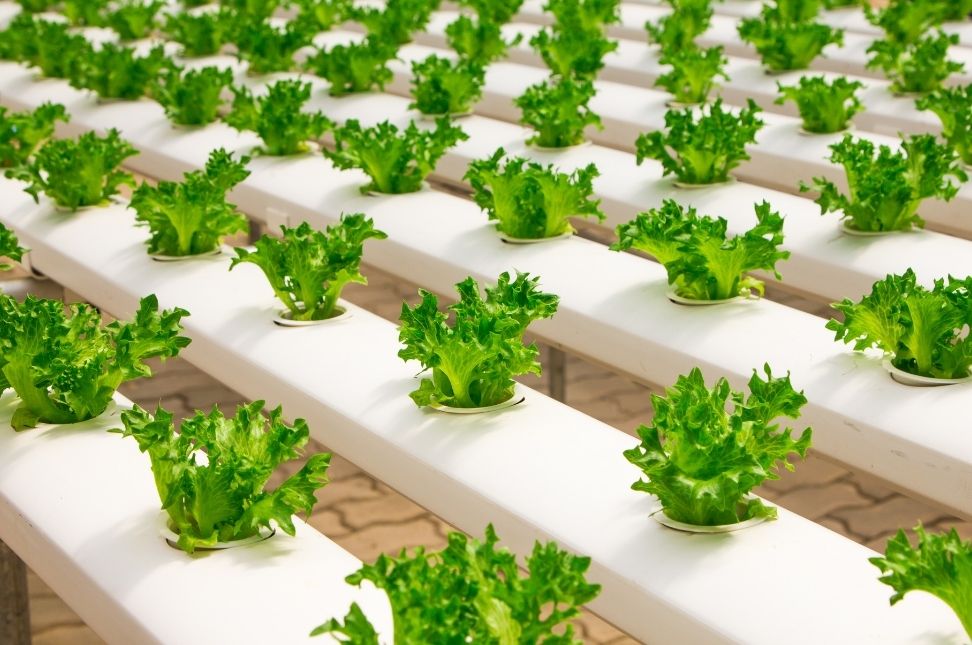The integration of Artificial Intelligence (AI) into gardening practices is transforming the way we nurture our plants and manage our outdoor spaces. In this in-depth article, we explore the fascinating world of AI in gardening, specifically focusing on predictive analytics.
1. The Role of AI in Gardening
- Plant Health Monitoring: AI-powered devices and apps analyze data from sensors to track plant health, detect diseases, and assess water and nutrient needs.
- Climate Control: AI systems can regulate the climate in greenhouses, optimizing temperature, humidity, and CO2 levels for plant growth.
- Predictive Analysis: AI algorithms use historical data and real-time information to predict plant growth patterns, pests, and diseases.
- Robotic Gardening: AI-driven robots can perform tasks like weeding, planting, and harvesting with precision.
- Crop Management: Farmers and gardeners use AI to manage large-scale operations efficiently.
2. AI-Powered Sensors
- Soil Sensors: These sensors monitor soil moisture, pH levels, and nutrient content, providing real-time data for irrigation and fertilization.
- Weather Stations: Weather sensors offer accurate climate data, allowing gardeners to plan and adjust garden activities accordingly.
- Pest and Disease Sensors: Sensors can detect early signs of pest infestations or disease outbreaks, enabling swift action.
- Plant Growth Sensors: These devices measure parameters like plant height, leaf area, and growth rate.
3. Predictive Analytics in Gardening
- Historical Data: AI systems analyze historical data on climate, soil conditions, and plant growth to make predictions.
- Machine Learning Models: Machine learning algorithms identify patterns and trends, offering insights into how plants respond to different conditions.
- Optimizing Resources: Predictive analytics can optimize resource use by guiding decisions on watering, fertilizing, and pest control.
- Pest and Disease Management: AI can predict pest and disease outbreaks, allowing for early intervention and reducing the need for chemical treatments.
4. AI-Powered Garden Tools
- Smart Irrigation Systems: These systems adjust watering schedules based on weather forecasts and soil moisture levels, saving water and promoting plant health.
- Robot Gardeners: AI-driven robots can perform various tasks, such as planting, weeding, and even harvesting.
- Plant Identification Apps: AI apps can identify plants from photos, making it easier to manage and care for them.
5. Environmental Benefits
- Resource Conservation: AI helps minimize water and chemical use, reducing the environmental impact of gardening.
- Improved Crop Yields: Farmers and gardeners can optimize plant growth, leading to better yields and more sustainable agriculture.
- Reduced Pesticide Use: Predictive analytics can lead to fewer pesticides being used, benefiting both the environment and human health.
6. Challenges and Considerations
- Data Privacy: Gardening apps and devices collect data, and it’s crucial to consider privacy and data security.
- Cost: AI-powered tools and systems can be expensive, and gardeners need to weigh the benefits against the investment.
- Learning Curve: Using AI in gardening may require some learning, as it involves understanding and utilizing technology.
7. Future Prospects of AI in Gardening
The future of AI in gardening holds exciting possibilities, from AI-guided robotic gardening to advanced disease and pest detection.
8. Integrating AI into Your Garden
Gardeners can start integrating AI into their practices by:
- Exploring AI Apps: Many gardening apps and devices provide valuable AI-driven insights.
- Learning About Sensors: Understanding how sensors work and gathering data from your garden can be a good starting point.
- AI Workshops and Courses: Look for workshops or courses on AI in gardening to deepen your knowledge.
AI is transforming gardening practices, making it easier to care for plants, optimize resources, and ensure successful harvests. By embracing AI technologies, gardeners can take their skills to the next level and contribute to more sustainable, efficient, and beautiful outdoor spaces.




